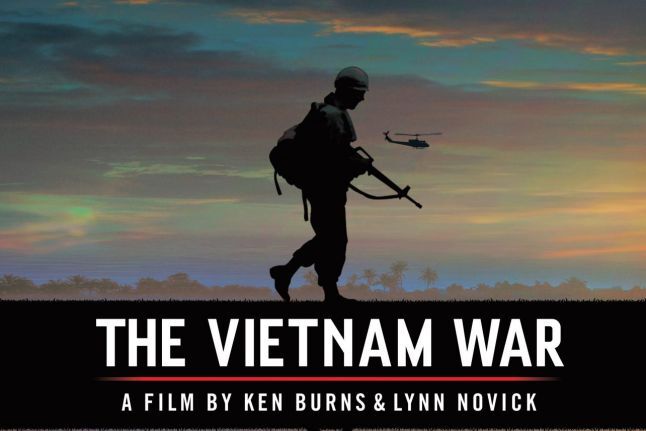Narrative Style and the Use of Oral Testimony in "The Vietnam War"
On October 27, 2020 I had the pleasure of conducting an oral history interview with Mr. Michael Heaney, a former second lieutenant in the United States Army, who served in the An Khe Province in Vietnam from 1965 to 1966. Mr. Heaney is something of a celebrity in the oral history world, having been interviewed by oral historians, journalists, filmmakers, and of course, Ken Burns, for the documentary series The Vietnam War (2017). That he has been interviewed by so many is not without reason; both his story and his ability to tell it are remarkable. On May 16, 1966, Mr. Heaney’s platoon was tasked with driving a reported enemy mortar team off of a ridge. As they approached the ridgeline, they were ambushed by a North Vietnamese fighting force that outnumbered them by more than 2:1. Within the first few minutes of the firefight, ten of the men in the forward element of Mr. Heaney’s unit had been either killed or mortally wounded. As the battle ensued over the course of the evening, Mr. Heaney was wounded in the right calf by enemy mortar fire.
The act of telling and reliving this most traumatic life event is not easy. In preparation for our interview, I was interested in discussing with Mr. Heaney about the process of telling his story so many times, for over five decades. I was curious as to how his relationship to his own narrative changed over time or not, and how he viewed his role as a voice for his men who did not return from that ambush. When conducting oral history interviews, it is accepted that subjectivity reigns. Even where there is uncertainty as to how any given event actually played out, the oral historian Alessandro Portelli notes that it is the subjectivity within an individual’s narrative where we find the truth. The feelings, memories, and interpretive claims that narrators discuss in oral history are the building blocks of their truth, which is what makes recording their story worthwhile for posterity. While Portelli writes on the subjectivity among a group of historical actors around the same event, this exhibit is centered around the subjectivity within the minds of individual narrators, in order to better understand their own recollections of their experiences, as well as to analyze their narrative styles. Rather than asking how different recollections of the same event may be pieced together to understand what a given event means for different historical actors, I hope to break down the process of telling the same story over time.
To accomplish this, this exhibit focuses on the narrative stylings of Michael Heaney, W.D. Ehrhart, and Vincent Okamoto. Not only did all three of these men serve in the Vietnam War and give oral accounts of their service, but also they were all featured in Ken Burns’ and Lynn Novick’s The Vietnam War documentary series for PBS. Burns and Novick conducted over 100 interviews, but only 79 made it to the final cut. It is clear that the narrators who ended up in the series’ final form not only all share the qualities of having remarkable stories, but also powerful storytelling abilities. How the narrative styles these men employ for the TV series compare to the styles in non-televised, oral history interviews is worthy of study. By examining the documentary series’ use of oral testimonies on camera to tell the story of the Vietnam War, as compared to oral history, we may better understand the process of establishing collective memory, as well as how individuals relate to their own narratives in different settings and for different audiences.
